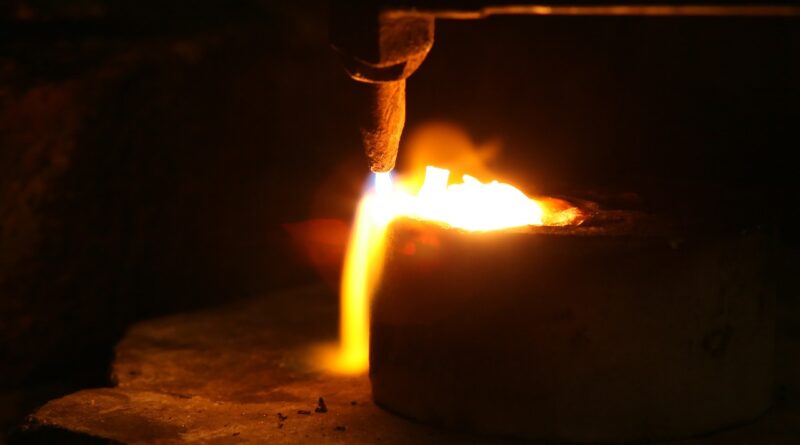Future of 500 Jobs Secured at Portland Aluminium Smelter
The future of Victoria’s Portland aluminium smelter has been secured after an electricity deal was struck with the nation’s biggest energy retailers backed by support from the Australian Federal Government announced in December.
Yesterday’s announcement that Alcoa will keep the smelter operating until 2026 will protect around 500 jobs and many others in the region that rely on the plant’s continued operation. The smelter accounts for 14 percent of jobs in the Portland area.
The Morrison Government will provide up to $76.8 million over four years to secure Portland’s participation in the Reliability and Emergency Reserve Trader (RERT) scheme and help Victoria keep the lights on at times of peak demand. In addition, the Victorian Government has agreed in principle to a funding package to match the Federal Government contribution. Under the agreement, the Alcoa-operated facility will see Portland reduce its energy demand at peak times, making more electricity available to the grid and helping Victoria avoid blackouts.
“On behalf of the Portland Aluminium joint venture partners, I recognize everyone’s cooperation and dedication in reaching the energy agreements that help to improve the smelter’s competitiveness,” said Alcoa President and CEO Roy Harvey. “We look forward to finalizing the Australian and Victorian government agreements, which underscore the smelter’s importance to the economy and the vital role it plays in securing Victoria’s electricity grid.”
The smelter’s support from the RERT means Alcoa is compensated for the reliability services it provides to avoid shutdowns caused by intermittent energy supply in the Victorian grid.
Prime Minister Scott Morrison said the announcement was welcome news not only for the 500 local employees and the region, but also for the Victorian electricity system. “Our support means keeping jobs and keeping the lights on. This demonstrates the real confidence that industry, manufacturers and businesses have in Australia as we emerge from COVID 19,” the Prime Minister said.
“The Government’s support for Portland recognises its important position, not just as a large employer and key manufacturer, but also for its vital role in keeping the lights on in Victoria. The number one focus of my government’s National Economic Recovery Plan is jobs, and with Australia having restored the jobs lost during the COVID-19 recession, every one of our policies is focused on securing jobs like those at Portland and creating new ones.”
“After a year characterized by uncertainty, we are delighted to have clarity on the smelter’s power supply,” said Michael Gollschewski, President, Alcoa Australia. “I thank our employees and contractors for their continued dedication and commitment to teamwork and operational excellence. Their work is integral to today’s announcement, which is a fantastic outcome for them, their families and the Portland community.”
Minister for Energy and Emissions Reduction Angus Taylor said the agreement between the Commonwealth and Alcoa recognised the smelter’s important role in helping to stabilise the state’s electricity network and the jobs it supports.
“The Portland smelter is Victoria’s largest energy consumer, and provides unique and valuable energy services to the grid” Minister Taylor said.
“Securing its ongoing role will help Victoria keep the lights on during times of high demand, such as days of extremely hot weather and help Portland to be appropriately compensated for the grid services it provides.”

Local Member for Wannon Dan Tehan said “This is fantastic news for not only the Alcoa Smelter workers but also the community of Portland as it keeps locals in jobs and builds the Portland economy.”
Under the agreement, Portland must participate in the RERT to the maximum extent possible to help ensure the stability of the electricity grid. Currently, more than 30 percent of the smelter’s consumed electricity is derived from renewable sources, including electricity from a nearby wind farm. This figure is expected to grow with implementation of the Victorian Renewable Energy Target that aims to reach 50 percent renewables by 2030.
The Portland facility represents around 10 per cent of Victoria’s electricity demand each year and produces almost 20 per cent of the nation’s aluminium output.
The agreement will help strengthen the Victorian electricity grid which has been subjected to increased fragility following the exit of Hazelwood coal-fired plant in 2017 and the rapid uptake of intermittent renewables.
The agreement is temporary and will end once post-2025 electricity market reforms are in place that better value the essential system services provided by large industrial loads.
The Federal Government says it will continue to take necessary steps to ensure an affordable, reliable and secure electricity system to power Australian homes, businesses and industries.

